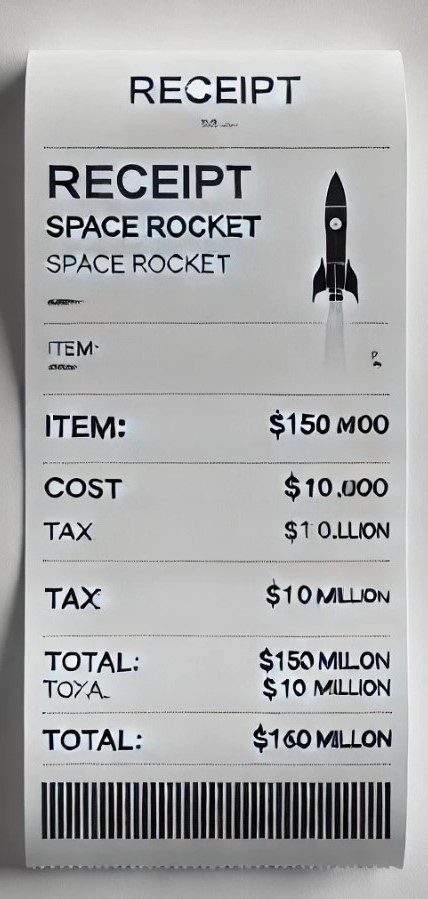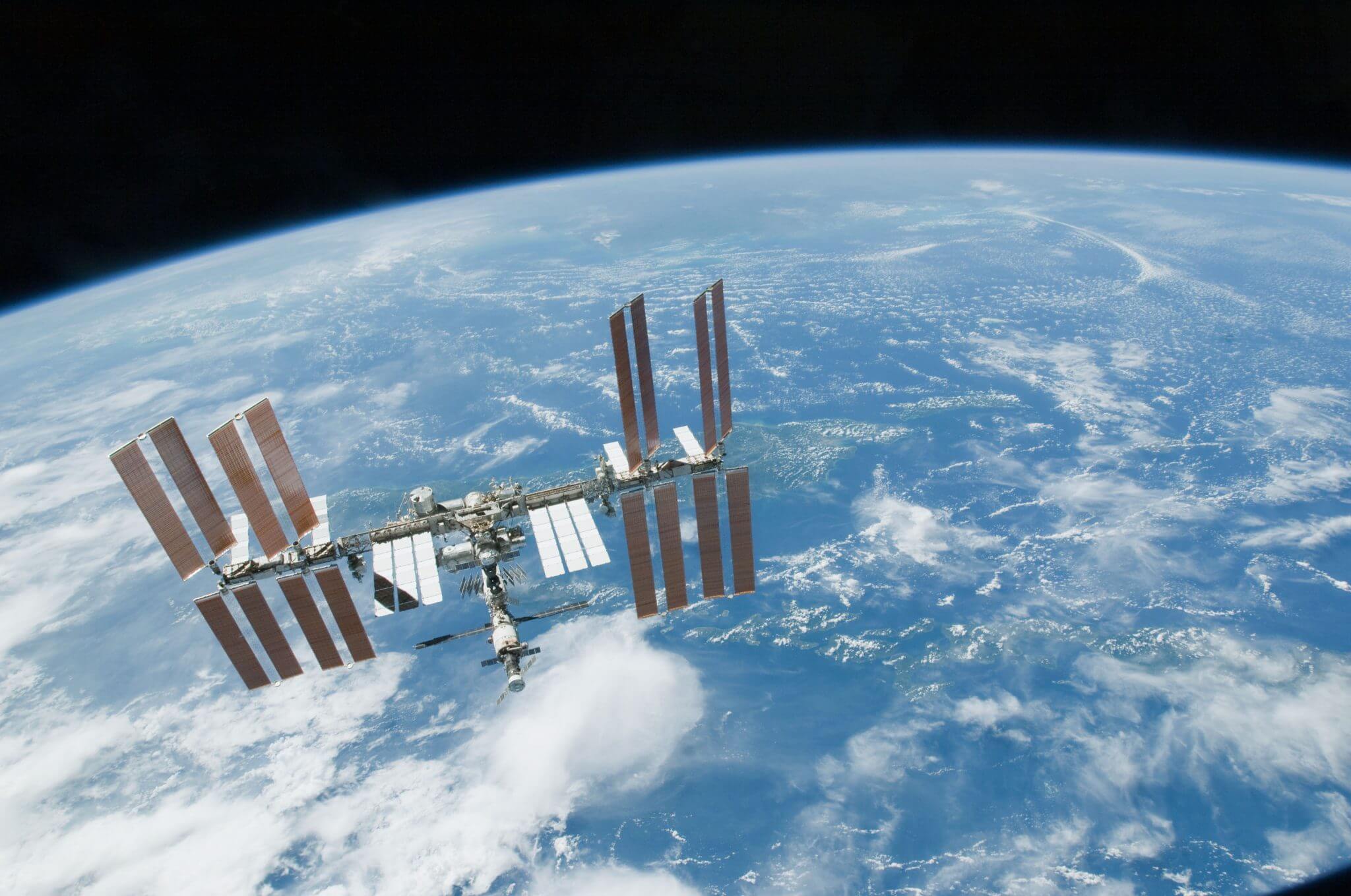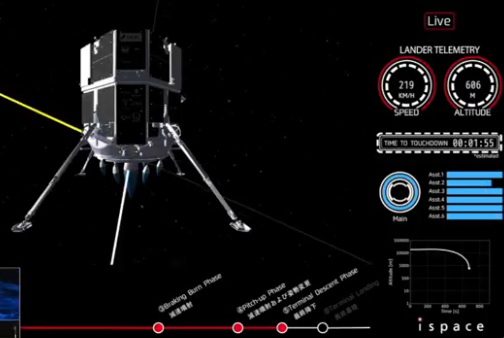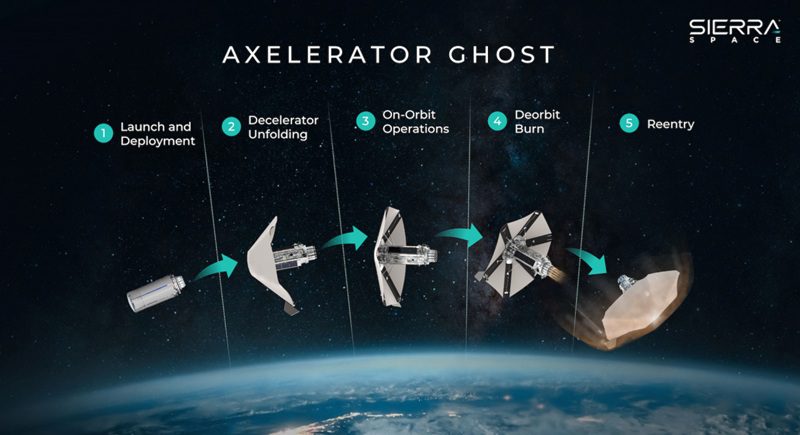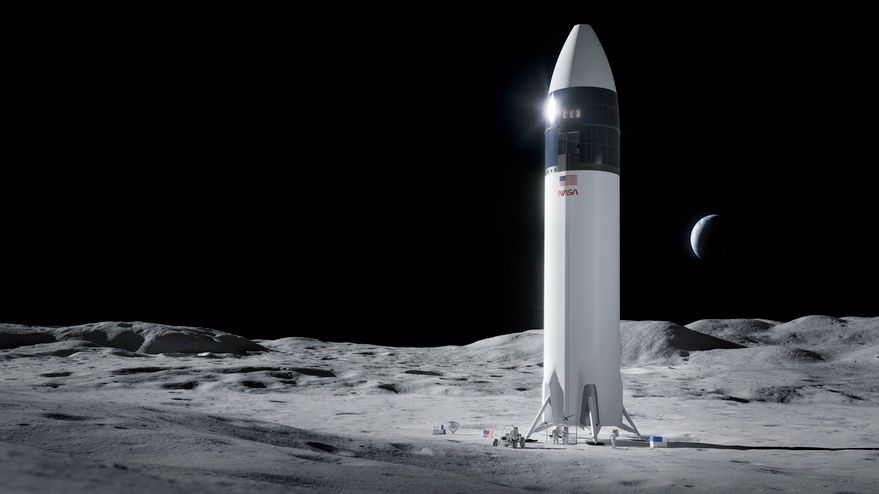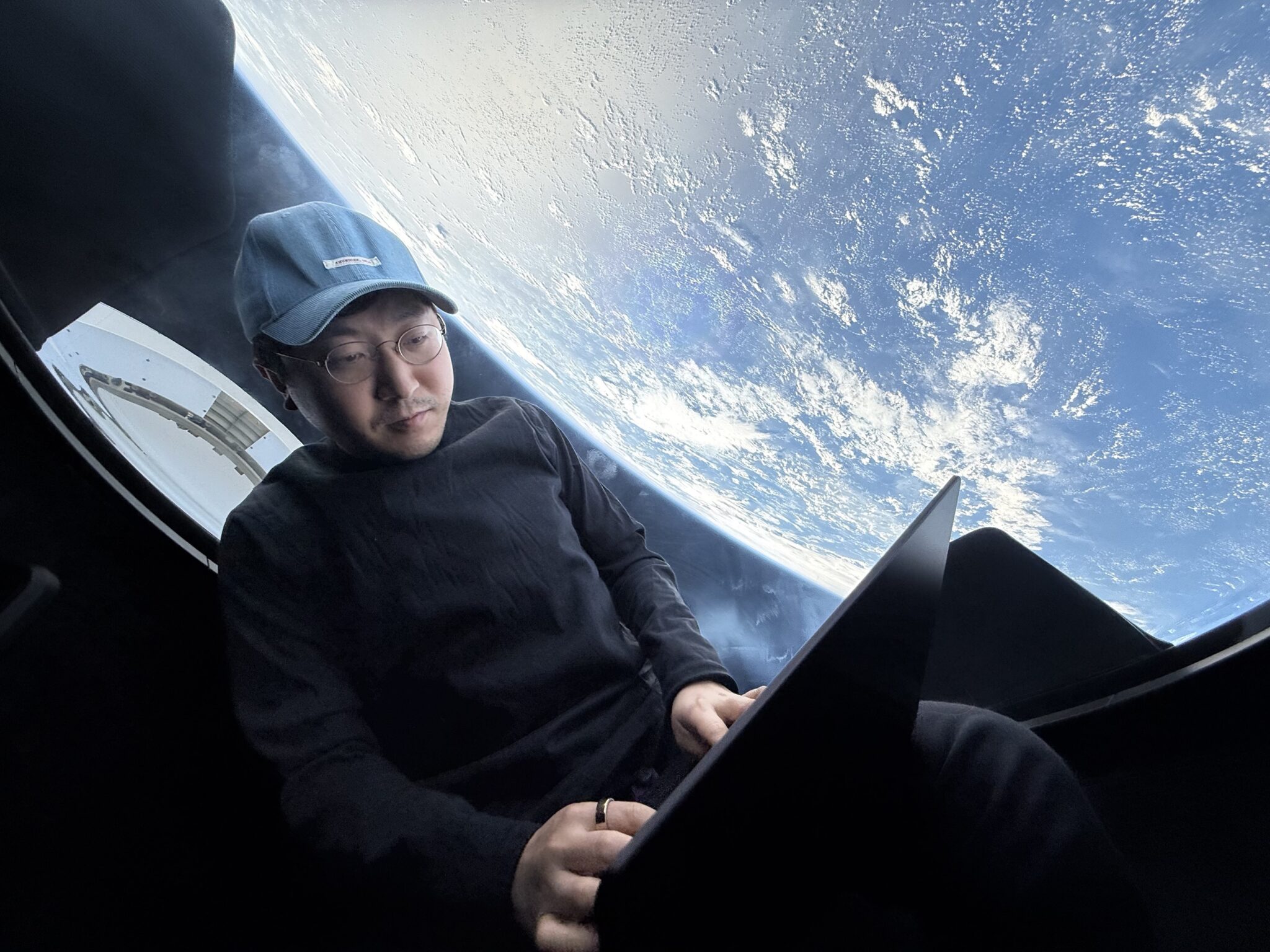After NASA found it could no longer offer launches for the ExoMars mission, the European Space Agency (ESA) approached Russia for help. As a result of long running discussions, on 14 March the ESA Director General Jean-Jacques Dordain and Head of Roscosmos Vladimir Popovkin have signed a formal agreement for their respective agencies to work in partnership on the ExoMars programme towards the launch of two missions: one to be launched in January 2016, and one to be launched in 2018.
Under the deal, ESA will provide the Trace Gas Orbiter (TGO) and the Entry, Descent and Landing Demonstrator Module (EDM) in 2016, and the carrier and rover in 2018. Roscosmos will be responsible for the 2018 descent module and surface platform, and will provide launchers for both missions. Both partners will supply scientific instruments and will cooperate closely in the scientific exploitation of the missions.
The 2016 mission has two major ESA elements: the TGO and the EDM. The TGO will search for evidence of methane and other atmospheric gases that could be signatures of active biological or geological processes. It will also serve as a data relay for the 2018 mission. The EDM will land on Mars to prove key technologies for the 2018 mission.
In 2018, the ExoMars rover, to be provided by ESA, will search the planet’s surface for signs of life, past and present. It will be the first Mars rover able to drill to depths of 2 m, collecting samples that have been shielded from the harsh conditions of the surface, where radiation and oxidants can destroy organic materials. The rover will be delivered by a Russian descent module that includes a surface platform equipped with additional scientific instruments.
While taking a back seat to the other partners, NASA will still make important contributions to the ExoMars programme, including the Electra UHF radio package for TGO, and Mars Proximity Link telecom and engineering support to the EDM
The ExoMars Programme is funded by fourteen ESA states (Austria, Belgium, Denmark, France, Germany, Italy, the Netherlands, Norway, Portugal, Spain, Sweden, Switzerland, the U.K., and Canada) of which Italy is the largest contributor and the UK the second largest. Member states also provide scientific instruments to ExoMars. For the 2016 TGO, these include the infrared and ultraviolet spectrometer package NOMAD (led by Belgium) and the CaSSIS high-resolution colour stereo camera (led by Switzerland). Italy will lead the DREAMS environmental station on the EDM.
The 2018 Rover will comprise PanCam, a wide-angle and high resolution camera system (led by the United Kingdom); CLUPI, a close-up imager (led by Switzerland); WISDOM, a ground-penetrating radar (led by France); Ma_MISS, a miniaturised infrared spectrometer integrated in the subsurface drill (led by Italy); MicrOmega, a visible and infrared imaging spectrometer (led by France); RLS, a Raman spectrometer (led by Spain), and MOMA, a novel organic molecule detector (led by Germany, with substantial contributions from the United States).

